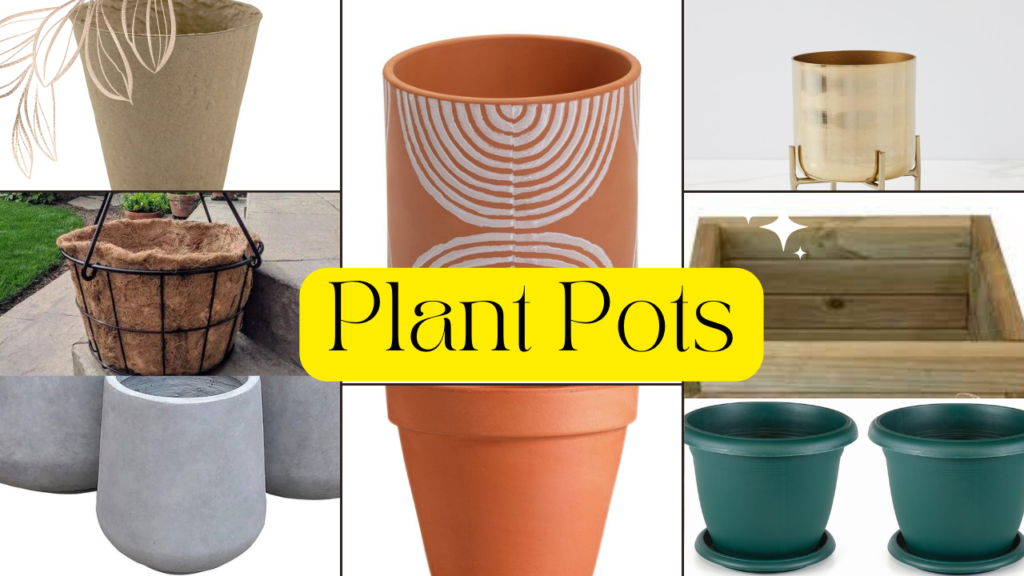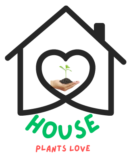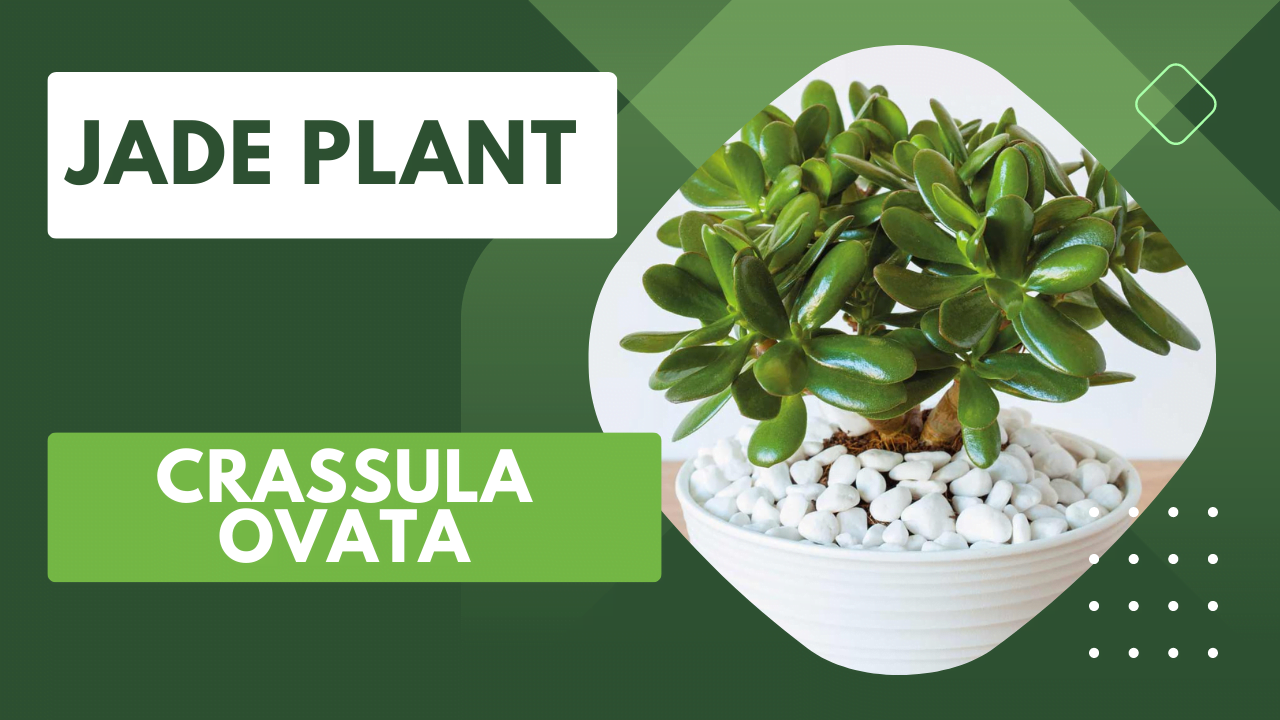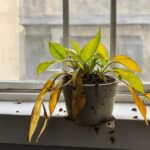Indoor Plant Pot Size means, Houseplants Planter Shape Guide, How we measure indoor plants and houseplant pot Size, the rule to choose the correct size, issue if the planter is big or small
Choosing the right plant pot size and shape is a vital aspect of successful gardening. The size and shape of your plant containers can significantly impact the health, growth, and aesthetics of your greenery. In this comprehensive guide, we will tell the essential considerations when selecting plant pots, provide insights into standard planter sizes, and offer a practical plant pot size chart. Additionally, we will explore the significance of pot size and shape on plant health and outline guidelines for repotting your beloved plants.

What Does House Plant Size Mean or How do we measure indoor plants?
Plant size encompasses the overall dimensions and growth characteristics of a plant, including height, width, and root system. The root system is responsible for absorbing water and nutrients from the soil, so it is important that the pot is large enough to accommodate the plant’s roots. Understanding the mature size of your plant is essential for choosing the right pot.
How Are Indoor Plant Pots Measured?
Plant pots are typically measured by their diameter at the top. The diameter is the distance across the widest part of the pot. For example, a 6-inch pot is 6 inches in diameter. but it’s essential to consider depth as well.
How do I choose the correct-sized decorative pot to fit my houseplant or What Is The Optimum Planter Size?
The optimum planter size for a house plant will vary depending on the type of indoor plant, its growth rate, and the amount of light and water it receives. However, as a general rule of thumb, the houseplant pot should be about 2 inches larger in diameter than the plant’s root ball. This will give the roots enough room to grow without becoming overcrowded.
What are standard planter sizes?
Standard planter sizes are typically measured in inches or gallons. The most common sizes are:
- 2 inches (1 gallon)
- 4 inches (2 gallons)
- 6 inches (3 gallons)
- 8 inches (5 gallons)
- 10 inches (7 gallons)
- 12 inches (10 gallons)
What Pot Size Does My Plant Need?
Selecting the appropriate pot size depends on factors like the plant’s current size, growth rate, and water needs. Aim to provide enough space for root growth without overburdening the plant with excess soil.
To determine the pot size that your plant needs, you can first measure the diameter of the plant’s root ball. Then, add 2 inches to the measurement to get the optimum pot size. For example, if the root ball of your plant is 4 inches in diameter, you will need a pot that is at least 6 inches in diameter.
What Rules Should I Follow to Find the Right Pot Size?
Here are some rules to follow when finding the right pot size for your plant:
- Choose a pot that is the same shape as the plant’s root ball. This will help to prevent the roots from becoming damaged.
- Make sure the pot has drainage holes to allow excess water to escape.
- Use a potting mix that is designed for the type of plant you are growing.
- Fertilize your plant regularly to ensure that it has the nutrients it needs to grow.
Easy Plant Pot Size Chart and Recommended Plants:
| Plant size | Pot Size | Recommended plants |
| 2 inches | 4 inches | Suitable for small succulents, herbs, and seedlings, African violets, cacti, |
| 4 inches | 6 inches | Ideal for small to medium-sized houseplants like pothos and snake plants, Peace lilies, spider plants |
| 6 inches | 8 inches | Suitable for larger houseplants and small shrubs like Philodendrons, dracaenas, ficus |
| 8 inches | 10 inches | Perfect for medium-sized shrubs and small trees like Rubber trees, monsteras, palms |
| 10 inches | 12 inches | Suitable for larger shrubs, indoor trees, and some fruit-bearing plants like Fiddle-leaf fig trees, citrus trees, olive trees |
| 12 inches and large plant | 14 inch and larger pots | Reserved for large trees, palms, and plants with extensive root systems. |
What Happens When Planters Are Too Big?
When planters are too big, the roots of the plant may not be able to absorb all of the water and nutrients in the soil. This can lead to waterlogging and nutrient deficiency. Additionally, the plant may not be able to support its own weight and may become top-heavy.
What Happens When Planters Are Too Small?
When planters are too small, the roots of the plant will become overcrowded and the plant will become stunted. Additionally, the plant may not be able to get enough water and nutrients, which can lead to wilting and leaf drop. This can lead to nutrient deficiencies and poor overall health.
Does Plant Pot Size Affect Plant Health?
Yes, pot size directly affects plant health. Too small of a pot can restrict root growth, while too large of a pot can lead to overwatering and root rot. A well-matched pot size promotes healthy growth.
Does Plant Pot Shape Matter?
Yes, pot shape plays a crucial role in aesthetics and functionality. Different shapes serve various purposes, with round pots being versatile, square or rectangular pots being space-efficient, and tall pots being suitable for deep-rooted or upright plants.
The Different Shapes of Pots for Plants:
Explore a variety of pot shapes, including round, square, rectangular, and tall pots, to find the perfect fit for your plant’s needs and your design preferences.
When do I need to re-pot my plant?
You should re-pot your plant when it outgrows its current pot. This is usually when the roots start to grow out of the drainage holes in the bottom of the pot.
You should also re-pot your plant if the soil is compacted. Compacted soil can prevent the roots from getting the oxygen and water they need.
To re-pot your plant, choose a pot that is one size larger than the current pot. Make sure the pot has drainage holes to allow excess water to escape. Fill the pot with fresh potting mix and gently place the plant in the pot. Water the plant thoroughly and fertilize it according to the package directions.
Here are some additional tips for choosing the right pot size for your plant:
Consider the growth rate of the plant. Some plants, such as succulents and cacti, grow slowly and do not need to be re-potted as often as other plants. Other plants, such as trees and shrubs, grow more quickly and will need to be re-potted more often.
Take into account the amount of light and water the plant receives. Plants that receive a lot of light and water will need a larger pot than plants that receive less light and water.
Choose a pot that is made of a material that will not retain water. Terracotta pots are porous and will allow excess water to evaporate, which can help to prevent root rot. Plastic pots are less porous and will retain more water, so you will need to be more careful not to overwater your plant.
Conclusion:
Choosing the right plant pot size and shape is both an art and a science. By considering your plant’s needs, growth characteristics, and pot aesthetics, you can create an environment that fosters healthy growth and enhances the beauty of your indoor or outdoor garden. Always remember that a well-matched pot is a key ingredient for thriving plants.




